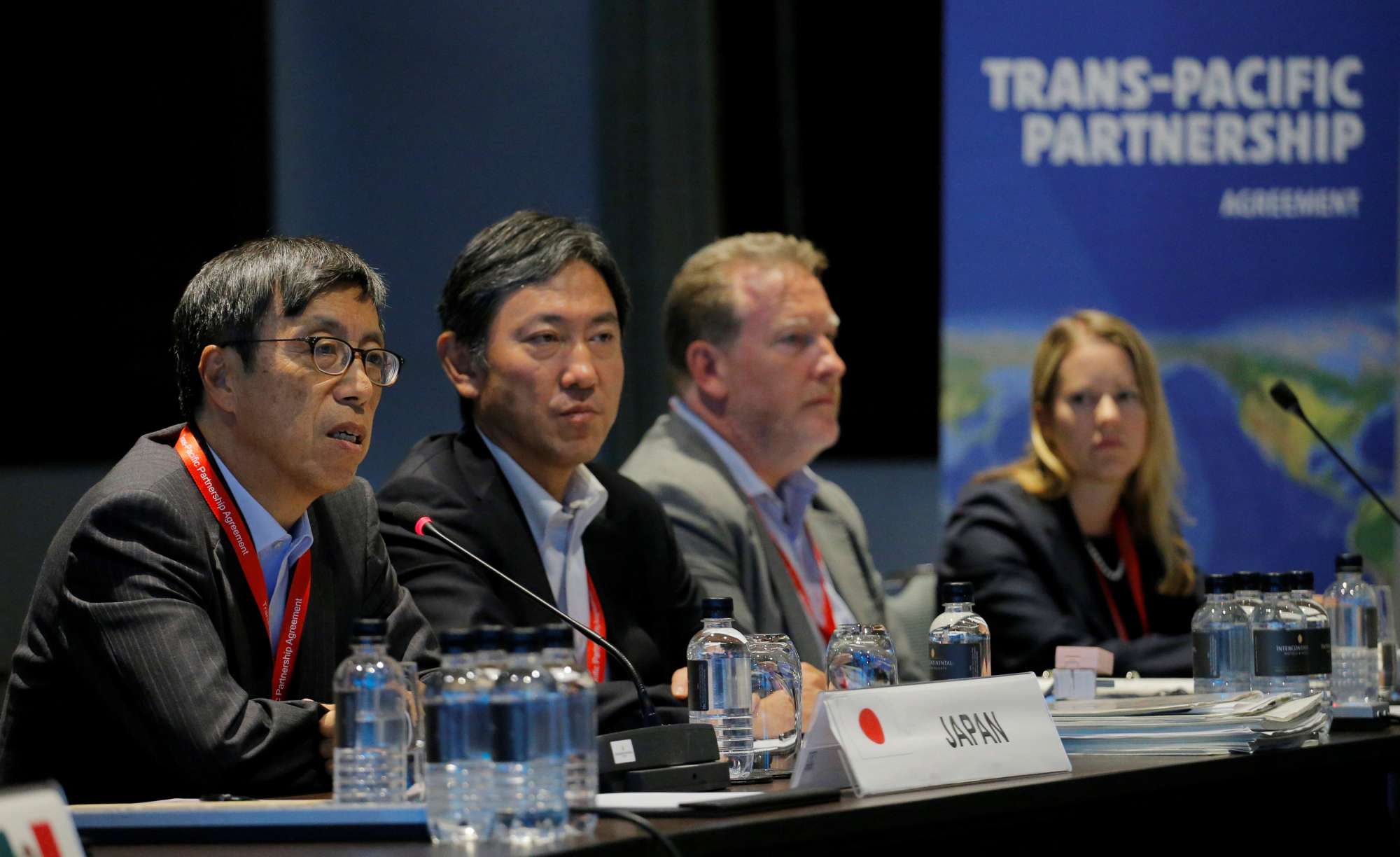In July, the remaining 11 members of the Trans-Pacific Partnership met in Hakone, Kanagawa Prefecture, to deliberate about the future of the trade pact. The TPP would have substantially expanded trade between its members. More importantly, it would have been the first true 21st century trade agreement, as it would have substantially updated and extended international trade rules responding to new technological developments and economic realities.
Yet, some achievements of the TPP might not be lost. The accord holds important lessons for other ambitious regional trade deals both in terms of process and content. Furthermore, several chapters of the TPP can become blueprints for ongoing and upcoming negotiations at the regional or multilateral level. For example, the just-started NAFTA renegotiations might borrow heavily from the TPP. At the multilateral level, a one-to-one transposition of its provisions seems unlikely, yet certain elements could serve as valuable inspiration for future multilateral trade talks.
The TPP was supposed to become one of the most comprehensive and ambitious mega-regional trade agreements. It would have stimulated trade among its members, not so much by a reduction in tariffs but by promoting regulatory coherence, e.g., by harmonizing rules of origin.

















With your current subscription plan you can comment on stories. However, before writing your first comment, please create a display name in the Profile section of your subscriber account page.